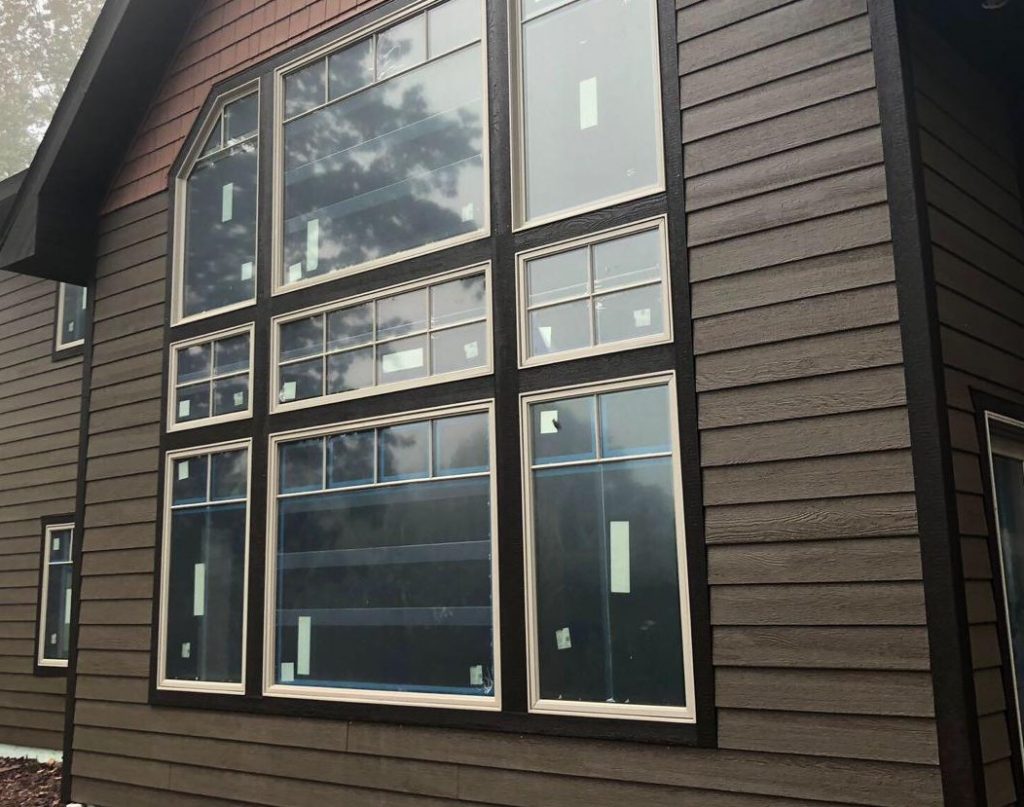Siding, just like any other project, usually end up costing more than the initial cost. Which is why we have put together the top 5 tips to avoid extra siding costs, to help you save more.
When it comes to siding, there are two major things you need to look into. Don’t get me wrong, there are a million other things to consider but these two are of significant impact on how your siding will look and how long it lasts.
-
Choose the right siding material
First and foremost before anything, you need to decide which material to use. There are several siding materials; engineered wood, vinyl, fiber cement among others. Though sidings depend on your region, some sidings are easily usable in any region, an example is engineered wood. You can check exterior siding materials to find out more about the different siding materials.
-
Having your estimates right
The second thing you want to consider is how accurate your estimates are, which is what this article is all about. Having accurate estimates, in this case, does not mean the numbers or measurements of the material to be used only, rather it also encompasses how long your siding will serve you, how big your house is and even how much you are to spend. So here are the tips to avoid extra siding costs.
Tips to avoid extra siding costs
1. Know the size of your house
Nothing could suck more than spending $1500 on a house you had previously planned to spend $1000. However small the difference, the thought of spending more is enough to pour all sorts of frustration on you. For this reason, it is important that you know how big your house is so as to avoid additional and unplanned costs. If you are not sure you can figure out the right size, you can request a professional to do so for free, or at a very small cost.
2. Request quotes from different contractors/sellers
Though at times prices of the same products are never that far apart, every seller has his/her own price rates and of course deals. Request as many quotes as you possibly can from different dealers, then compare all these, looking at both the quality, quantity and of course, the after-sale services. If you are in luck you can always get one of those huge discounts from Sherwood Lumber.
3. Add every cost
You should factor in every single cost that you will use, including the labor cost as well as the cost of the small size wood glue you are to buy. Most people tend to ignore such costs, which is not advisable because such costs do pile up to huge extra costs.
4. Choose the right timing
Winter is usually the least favorite time to start installing your siding. A good time will be Spring and Summer and maybe Fall, just before winter. When you start installing your siding during winter, chances of you completing in time are very minimal, possibilities of damage, especially by water are high among others. All these downsides will require money to correct, and this will only increase your expenditure.
5. Know the quality you need
Quality is everything if you want a long-lasting siding. Therefore, before starting the actual installation, know which quality you need and how much it costs beforehand, because every siding material has different pricing.
There you are, tips to avoid extra siding costs . As mentioned above, do not jump at the first seller from whom you get a quote, do not ignore any costs, and most importantly, do not purchase a material because of the price, instead, because of the quality.










